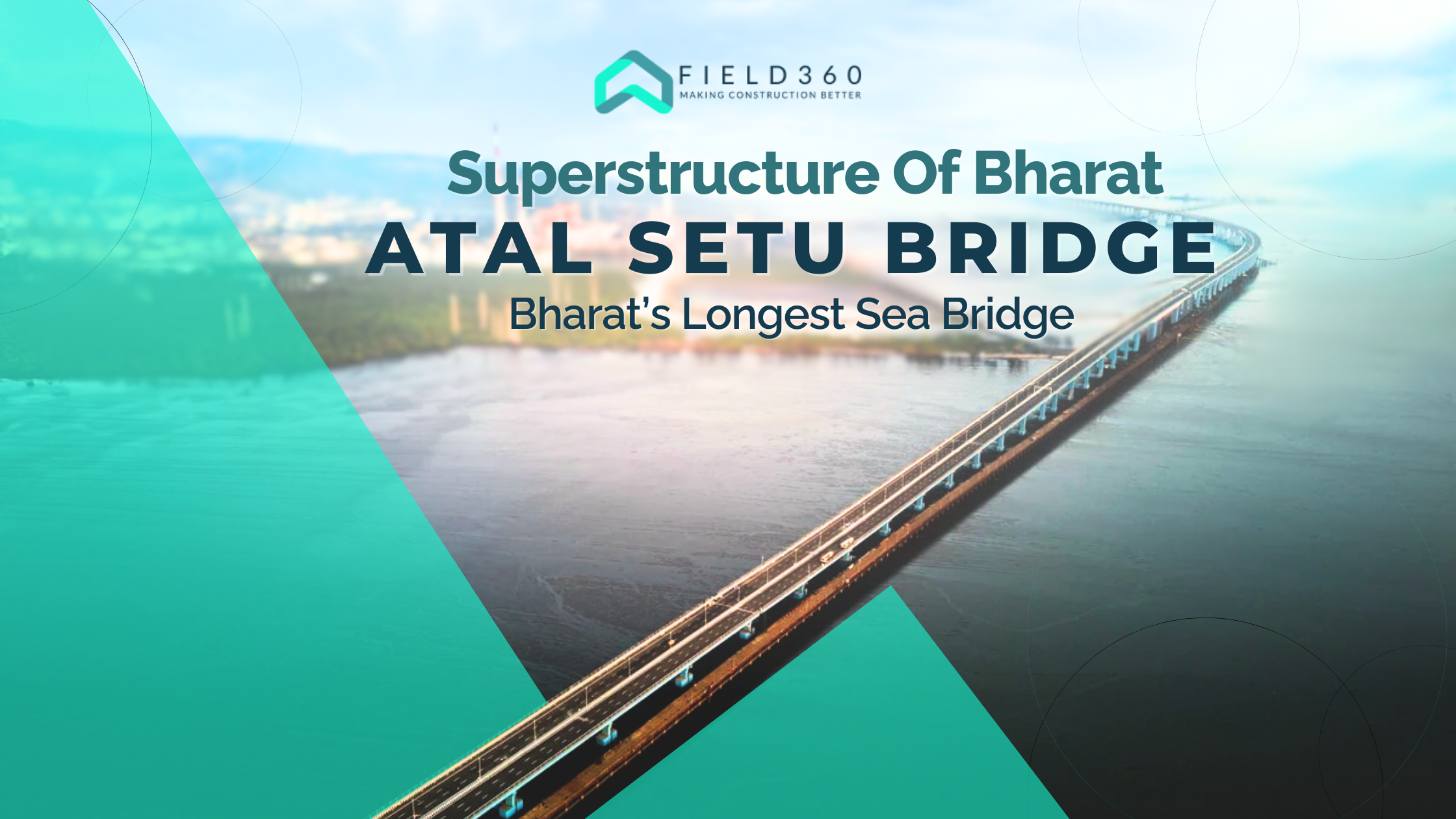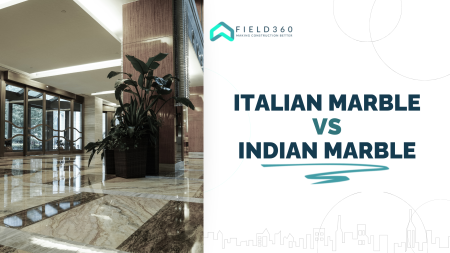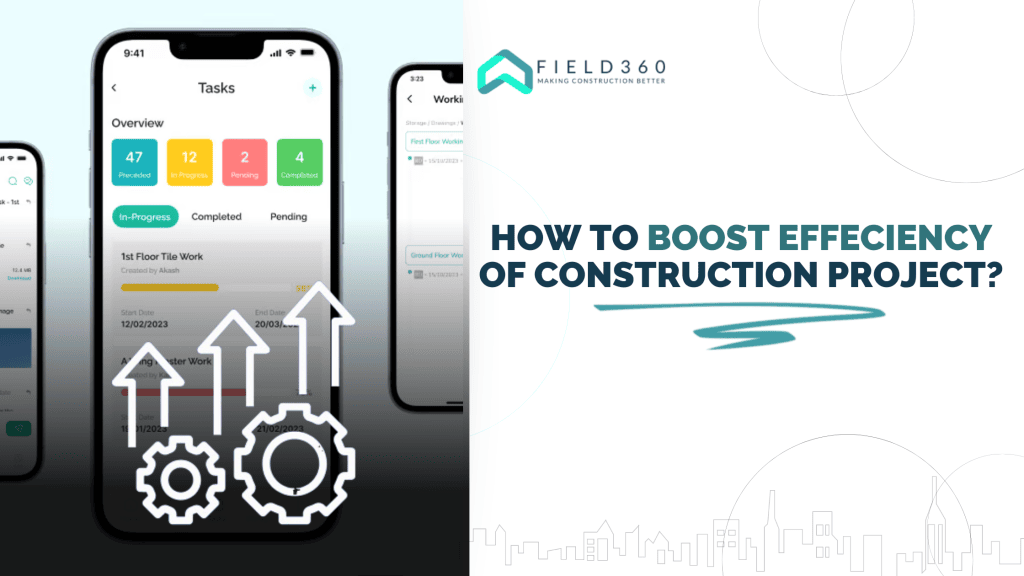Home / Blog / Construction Technology / Mumbai Atal Setu: History, Route, Cost, and More
Imagine driving across the sea in India without knowing about the Atal Setu, India’s longest sea bridge built across Mumbai and the 12th longest across the globe. The Atal Setu Bridge is a six-lane marvel, also known as the Mumbai trans harbor link that connects to Navi Mumbai. The bridge is named after the visionary Atal Bihari Vajpayee, India’s Bharat Ratna Awardee who aimed to connect the world with transformation and technology.
In this blog, we will discuss the vision behind the Atal Setu, Mumbai trans harbor link length alongside the Atal Setu route and Atal Setu Bridge cost. We will also discuss the structural importance and marvels of Atal Setu Bridge’s history.
Atal Setu Bridge History
The Mumbai Metropolitan Region Development Authority (MMRDA) initially sparked the proposal for the Atal Setu route construction to promote connectivity in 1989. Atal Setu connects Mumbai and Navi Mumbai in light of the growing traffic congestion. A detailed project report was prepared in 2003 outlining the Atal Setu route, technical specifications, Mumbai trans harbor link length, and estimated Atal Setu Bridge costs. In 2007, the project received environmental clearance from the Ministry of Environment and Forests. The MMRDA began the tendering process for construction contracts for Atal Setu Bridge in 2009. The construction project for the Atal Setu Bridge route officially began with a groundbreaking ceremony in 2011 and in December 2016, Prime Minister Narendra Modi laid the foundation stone for the Mumbai trans harbor link bridge, naming it “Atal Setu” after former Prime Minister Atal Bihari Vajpayee.
Construction faced challenges including complex marine conditions, monsoon season disruptions, and labor disputes. A 5.3 km section of the Atal Setu toll connecting Sewri to Shivaji Maharaj Terminus in Navi Mumbai opened to traffic. In January 2024, Prime Minister Narendra Modi officially inaugurated the entire Atal Setu Bridge, making it the longest sea bridge in India.
Vision Behind Atal Setu Bridge Connectivity
|
Vision Aspect
|
Description
|
Impact
|
|---|---|---|
|
Reduced Travel Time
|
Connects Mumbai to Navi Mumbai and Pune in 15-20 minutes, compared to 2 hours previously.
|
Improved efficiency, convenience, and productivity for commuters and businesses.
|
|
Enhanced Connectivity
|
Links key areas like Navi Mumbai International Airport, Mumbai-Pune Expressway, and Mumbai-Goa Highway.
|
Boosts regional economic development by facilitating a smoother flow of goods, people, and services.
|
|
Infrastructure Upgradation
|
Showcases India's engineering prowess and commitment to modern infrastructure development.
|
Attracts global investment and sets a benchmark for future projects.
|
|
Urban Development
|
Spurs development of Navi Mumbai as a planned satellite city, potentially creating a new growth corridor.
|
Eases pressure on overcrowded Mumbai and creates new opportunities for housing, businesses, and recreation.
|
|
Job Creation
|
Generates employment during construction and operation of the bridge, and indirectly through stimulated economic activity.
|
Contributes to poverty reduction and overall economic growth.
|
|
National Pride
|
Symbolizes India's progress and innovation, named after former Prime Minister Atal Bihari Vajpayee.
|
Strengthens national identity and inspires future generations.
|
Atal Setu Bridge Distance and Route
Atal Setu or Mumbai trans harbor link length is 21.8 km and it is a six-lane project that connects Sewri, South Mumbai to Nhava Sheva, Navi Mumbai. The Sea section Atal Setu length is around 16.5 km leaving the land section length 5.5 km. It also has an Atal Setu toll and the speed limit of 100 km/h (except on ramps and elevated sections) is permitted on the Atal Setu Bridge. The best part about Atal Setu is that it makes the 2hr. travel distance reduced to 20 mins. The Atal Setu route starts at Sewri, Mumbai, heads west over the Arabian Sea, curves slightly south, and ends at Nhava Sheva, Navi Mumbai.
Atal Setu Toll
MTHL follows an Open Road Tolling (ORT) system on the Atal Setu toll, to help get rid of boom barriers and the long queues at toll booths. A Rs. 250 one-way car toll on the Mumbai Trans Harbour Link has been approved by the Maharashtra government. The state government estimates that each journey will save about Rs 500 in fuel costs.
Atal Setu Bridge Cost
Atal Setu, widely known as the Mumbai trans harbor link, was constructed at a total cost of more than ₹17,843 crore (US$2.2 billion). The bridge can handle 70,000 vehicles per day. Construction on the bridge began in April 2018, and was inaugurated by Prime Minister Narendra Modi on 12 January 2024. It is a 21.8-km long six-lane bridge having 16.5 km length over the sea and about 5.5 km on the land. It is the longest bridge and also the longest sea bridge in India.
Conclusion
Beyond the structural marvel, the Atal Setu or the Mumbai trans harbor link promoted economic growth by simplifying trade and travel and easing the lives of people.
Imagine being able to achieve similar efficiency and ease in your own projects as well? Field360, a construction management app, helps one track their projects and record progress systematically without a hassle, hence, simplifying the processes. From real-time on-site interactions to off-site updates, you can key a 360° eye on everything anywhere anytime. Download Field360 Now!
And speaking of grand structures, the Char Dham Rail Project is another Superstructure of Bharat, aiming to connect sacred sites and make travel a breeze. Want to know the latest on its route and progress? Simplify your journey with the latest updates and more.
Frequently Asked Question
How much did the Mumbai Trans Harbor Link project cost?
The Mumbai Trans Harbor Link project or the Atal Setu has been constructed at a total cost of more than Rs 17,840 crore.
How long is Atal Setu Bridge Jammu?
Atal Setu Jammu is a 592-meter (1,942 ft) cable-stayed bridge on the Ravi River near Basholi Town, District Kathua, and is not India’s longest sea bridge.
Who built the Atal Setu Bridge?
Atal Setu Bridge is constructed by Larsen & Toubro (L&T) and DSI-Bridgecon.
What is the speed limit on Atal Setu Mumbai?
The speed limit on Atal Setu is 100 kmph except the entry/exit ramps where the speed limit is restricted to 40 kmph.
Who paid for the Atal Setu?
The project is financed by the Japan International Cooperation Agency (JICA), covering 80% of the total project cost, while the remaining portion is shared between the state and central governments.












